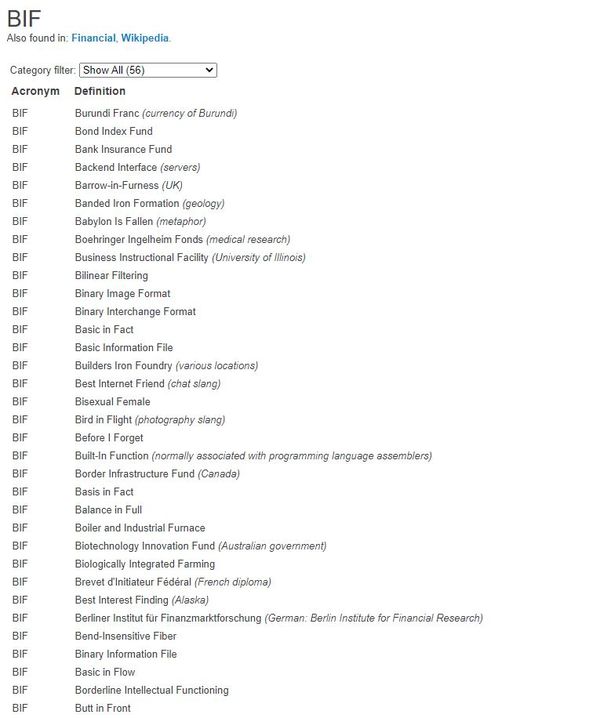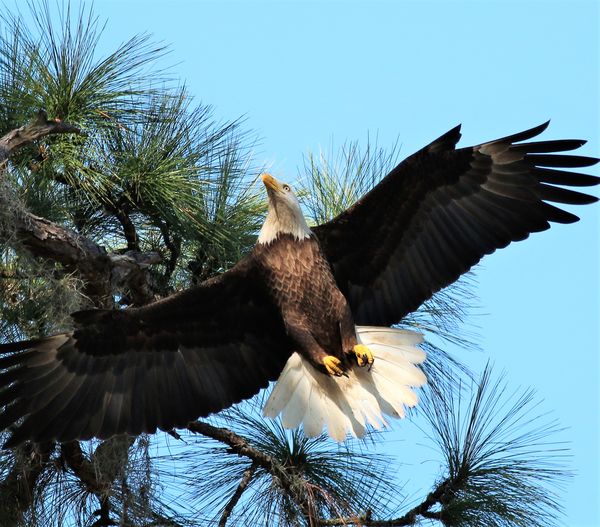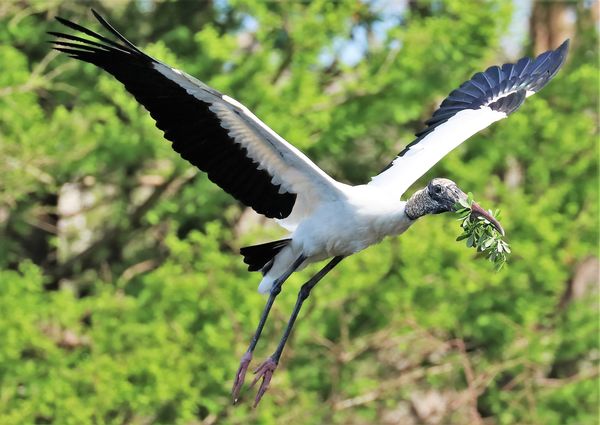BIF Settings
May 6, 2021 05:52:30 #
May 6, 2021 06:57:41 #
bamfordr wrote:
Add “and without knowing what you will be shooting... (show quote)
I like the idea of setting ISO as well. Especially if you are not shooting RAW. The sky can really mess with auto ISO.
May 6, 2021 07:16:32 #
Gene51 wrote:
This is not the answer you are looking for, but try different AF settings. What works for me on the exposure side is auto ISO and manual aperture and shutter speed, usually 1/1000 sec and F7.1, hand held. Practice panning, and try Group AF and highlight protected spot metering, and shoot raw.
Good advice. I try to stay away from 15+ focus points and settle in at 9 or single spot focus for herons etc. Experiment. Keep in mind your af is going to grab contrast, and that could be a wingtip or an eye. I usually start at 1250 and 8 auto iso.
May 6, 2021 07:24:57 #
Experts will tell you to use the settings that give you the proper exposure. Any time you chase wildlife you will need to concentrate on high speeds. Start with fast shutter speeds and work from there.
May 6, 2021 07:33:20 #
SuperflyTNT wrote:
Shutter speed really depends on the size if bird. Large birds you may get away with 1/1000 but smaller birds require a higher speed.
I agree. For small birds 1/3200s or 1/4000s is more appropriate (humming birds excluded) if you want consistently sharp images. Also some birds are faster than others so the type of bird and their flight pattern factors into it.
Other factors such as camera to subject distance, lens T-Stops, camera FPS and more.
Every situation is different so there are no magic settings to get consistent sharp results. The key is to experiment.
May 6, 2021 07:53:54 #
Les Brown wrote:
Headed out for a BIF shoot with a D500 and 200-500 glass at Huntington Beach. The weather looks promising for full sun. I would appreciate your suggestions for camera settings.
In addition to all of the great suggestions here there is also the BIF group on the UHH --> https://www.uglyhedgehog.com/s-112-1.html
May 6, 2021 08:15:05 #
May 6, 2021 08:26:08 #
I use the 10 factor for BIF.
At a minimum... 200mm - 1/2000th 500mm - 1/5000th.
Auto iso ... shutter priority. Aperture is less important...as the subject is typically pretty far away.
Just try to be in a position where the flight is not taking place with background environment close behind the subject.
Noise is easily fixed these days...having too slow of a shutter speed...is not
At a minimum... 200mm - 1/2000th 500mm - 1/5000th.
Auto iso ... shutter priority. Aperture is less important...as the subject is typically pretty far away.
Just try to be in a position where the flight is not taking place with background environment close behind the subject.
Noise is easily fixed these days...having too slow of a shutter speed...is not
May 6, 2021 08:56:55 #
It took a minute or so that BIF is Birds in Flight. I tried Best International Friends, Best in (a) Fortnight, But I'm Frozen.
LOL LMAO and the like
LOL LMAO and the like
May 6, 2021 09:04:55 #
One thing not mentioned, I set the AE to single point, joy stick to group AF.
May 6, 2021 09:34:27 #
nikon123 wrote:
It took a minute or so that BIF is Birds in Flight. I tried Best International Friends, Best in (a) Fortnight, But I'm Frozen.
LOL LMAO and the like
LOL LMAO and the like
May 6, 2021 09:34:56 #
Les Brown wrote:
Headed out for a BIF shoot with a D500 and 200-500 glass at Huntington Beach. The weather looks promising for full sun. I would appreciate your suggestions for camera settings.
imagemeister wrote:
Anything against the sky requires fully manual exposure settings IMO ! I would also recommend at least 1/1500 and f8 if light allows at all. Have your lens pre-focused at the approximate distance you are likely to first encounter the bird. Hand hold your lens - keeping your hands AWAY from the focus rings ! Continuous multi-point AF.
.
.
Absolutely correct!

Trusting you camera to auto anything (other than autofocus) is asking for trouble in broad daylight.
If you use Daylight WB, 1/2000s @ f/8 ISO 400 (or something equivalent) the only thing you will need to worry about will be getting the bird in the frame and trusting the camera to get the focus right.
Capture a raw image so you can always make minor adjustments later on your computer.
May 6, 2021 09:54:50 #
billnikon
Loc: Pennsylvania/Ohio/Florida/Maui/Oregon/Vermont
Les Brown wrote:
Headed out for a BIF shoot with a D500 and 200-500 glass at Huntington Beach. The weather looks promising for full sun. I would appreciate your suggestions for camera settings.
I use GROUP AUTO FOCUS (a must) continuous auto focus, 10 fps, matrix metering. I use manual exposure and shoot at a minimum of 1/2000 sec. 1/4000 is even better. I liked shooting at f7.1 on the 200-500 but it will still be sharp wide open. As you pan with your bird don't stop moving your camera as you shoot, keep the bird in the middle of your viewfinder. I like to shoot with the sun behind me coming over my shoulder and directly onto the bird. I like to take my meter reading off a white bird and then stop down two stops.
Good luck and keep on shooting until the end.
May 6, 2021 10:19:33 #
Gene51 wrote:
While it's nice to shoot in full sun, it can be challenging when there is a lot of white plumage - I prefer light overcast, or early/late daylight for shooting birds in general.
As far as shutter speeds are concerned, It's nice to be able to shoot at 1/1600 or shorter, but sometimes you have to make the best of the cards you are dealt. The images below were taken at shutter speeds from 1/250 to 1/800 sec. The last 5 were done hand held.
.
As far as shutter speeds are concerned, It's nice to be able to shoot at 1/1600 or shorter, but sometimes you have to make the best of the cards you are dealt. The images below were taken at shutter speeds from 1/250 to 1/800 sec. The last 5 were done hand held.
.
You are a magician. How you did this while closing down the aperture(7.1) is beyond me. These were taken at 1/2000.
May 6, 2021 10:20:52 #
Of course it will all depend on the bird. There will be a big difference between getting a photo of a condor in flight vs a hummingbird in flight.
But if you REALLY want a challenge, try photos of insects in flight. They're small, their wings move rapidly, their flight is fairly unpredictable.
But if you REALLY want a challenge, try photos of insects in flight. They're small, their wings move rapidly, their flight is fairly unpredictable.
If you want to reply, then register here. Registration is free and your account is created instantly, so you can post right away.













